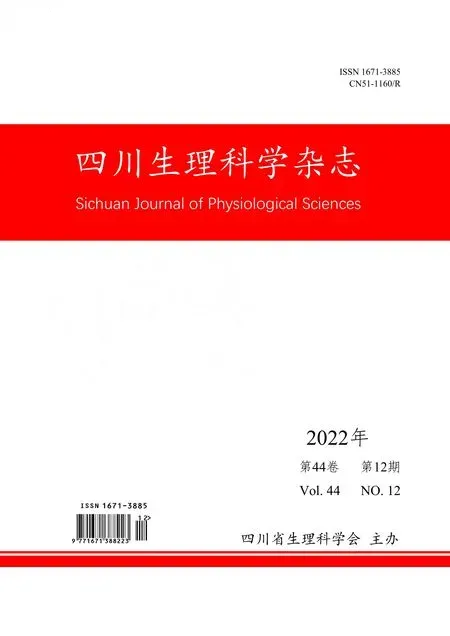The molecular evolution of spermatogenesis across mammals
The testis produces gametes through spermatogenesis and evolves rapidly at both the morphological and molecular level in mammals1-6, probably owing to the evolutionary pressure on males to be reproductively successful7. However, the molecular evolution of individual spermatogenic cell types across mammals remains largely uncharacterized. Here we report evolutionary analyses of single-nucleus transcriptome data for testes from 11 species that cover the three main mammalian lineages (eutherians, marsupials and monotremes) and birds (the evolutionary outgroup), and include seven primates. We find that the rapid evolution of the testis was driven by accelerated fixation rates of gene expression changes, amino acid substitutions and new genes in late spermatogenic stages, probably facilitated by reduced pleiotropic constraints, haploid selection and transcriptionally permissive chromatin. We identify temporal expression changes of individual genes across species and conserved expression programs controlling ancestral spermatogenic processes. Genes predominantly expressed in spermatogonia (germ cells fuelling spermatogenesis) and Sertoli (somatic support) cells accumulated on X chromosomes during evolution, presumably owing to male-beneficial selective forces. Further work identified transcriptomal differences between X- and Y-bearing spermatids and uncovered that meiotic sex-chromosome inactivation (MSCI) also occurs in monotremes and hence is common to mammalian sex-chromosome systems. Thus, the mechanism of meiotic silencing of unsynapsed chromatin, which underlies MSCI, is an ancestral mammalian feature. Our study illuminates the molecular evolution of spermatogenesis and associated selective forces, and provides a resource for investigating the biology of the testis across mammals.
- 四川生理科學(xué)雜志的其它文章
- 社區(qū)獲得性肺炎病情評估的研究進(jìn)展#
- Protein import into peroxisomes occurs through a nuclear pore-like phase
- Lung cancer screening
- 臨床醫(yī)學(xué)專業(yè)通識教育現(xiàn)狀及思考
- Innovation for infection prevention and control-revisiting Pasteur's vision
- Sotorasib in KRAS p.G12C-Mutated Advanced Pancreatic Cancer

